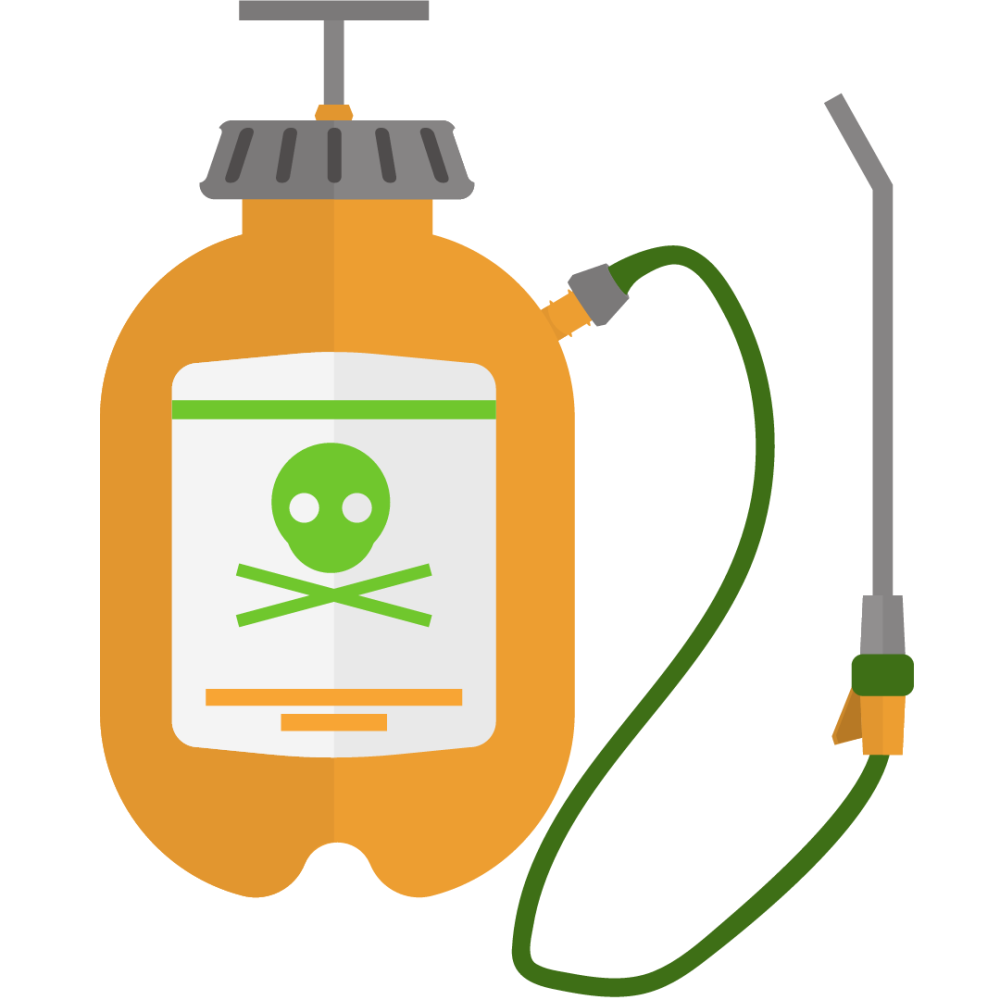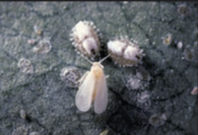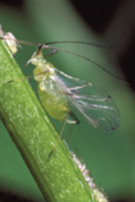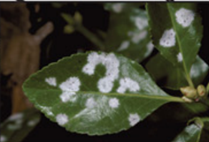
…Pesticides Don’t Stay Put!
Garden pests can be annoying. The City of Goleta strongly discourages the use of herbicides, pesticides, or fertilizers on your home garden, as these products can degrade water quality and pollute local waterways. Fortunately, there are great methods of pest control that don’t rely on toxic chemicals that harm watersheds!
Aphids
Aphids are 1/16 to 1/8th inch in length and pear-shaped with long legs and antennae. They can be green, yellow, red or black in color. Some aphids have white or gray waxy covering. Aphids are found on new buds, leaves, stems, and undersides of leaves.
When you find aphids, remove the infested part of the plant and curled leaves with aphids inside. Wash off the plant with strong stream of water. Control ants with baits or sticky barrier. Apply insecticidal soap or oil.
Whiteflies
Adult whiteflies are about 1/8th with four white wings. The immovile nymphs have a protective cover which looks waxy, cottony, or hair like. Giant Whiteflies make long waxy strands on the underside of the leaf. Adults and larvae are found on the underside of leaves.
When you find whiteflies on your plants, remove heavily infested leaves (or plants). Replace with resistant plants. Wash Whiteflies off leaves with strong stream of water. Control ants with baits or sticky barrier. Apply insecticidal soaps or oil. Wash dust off plants.
Powdery Mildew
Powdery mildew is a fungal disease spread by airborne spores. It appears as a white, powdery growth on green parts of plant or as yellow patches with no powdery growth on artichokes, onions, peppers, and tomatoes.
To avoid mildew, plant in a sunny location with good airflow. Replace plants with resistance varieties. Remove heavily infested plant parts. Apply horiticulural oil to eradicate a mild infection.
Scales
Scales are insects under protective covers that look like small bups about 1/8th inch. They are found on stems leaves, and sometimes fruit.
When your plant has scales, remove infested plant parts. Control ants with bait or a sticky barrier. Apply horticultural oil or insecticidal soap. Wash dust off plants.
Snails & Slugs
Snails have a protective shell which slugs lack. Muscular foot on snails excretes mucus, and leaves a silvery trail when dry. Snails and slugs Hide in shady damp place during the day and feed on plants at night.
When you find snails and slugs in your garden, put a copper barrier around plants or tree trunks. Place traps or raised boards by plants and collect snails/slugs daily. Wear gloves and hand pick smails/slugs nightly until few are founds. Release predatory decollate smails under citrus and in ground cover.
Practice identifying pests below! Answers are at the bottom of the page.
Answers: 1. Whitefly, 2. Scales, 3. Aphids, 4. Powdery Mildew, 5. Snail and Slug
Learn more about identifying pests in the Healthy Garden Healthy Home brochure. Find more information on Pesticides and Water Pollution in our OWOW brochures in English and Spanish. Find more information on Integrated Pest Management (IPM) in our OWOW brochure.






